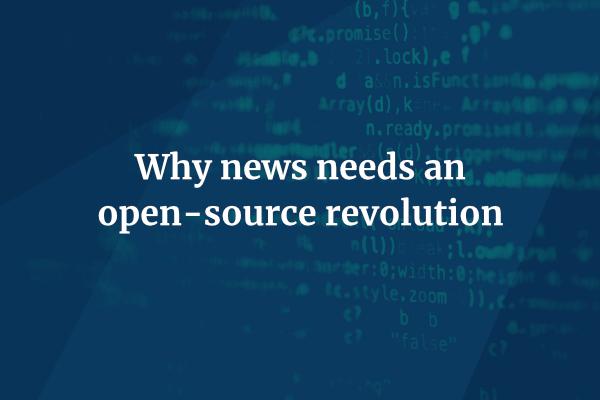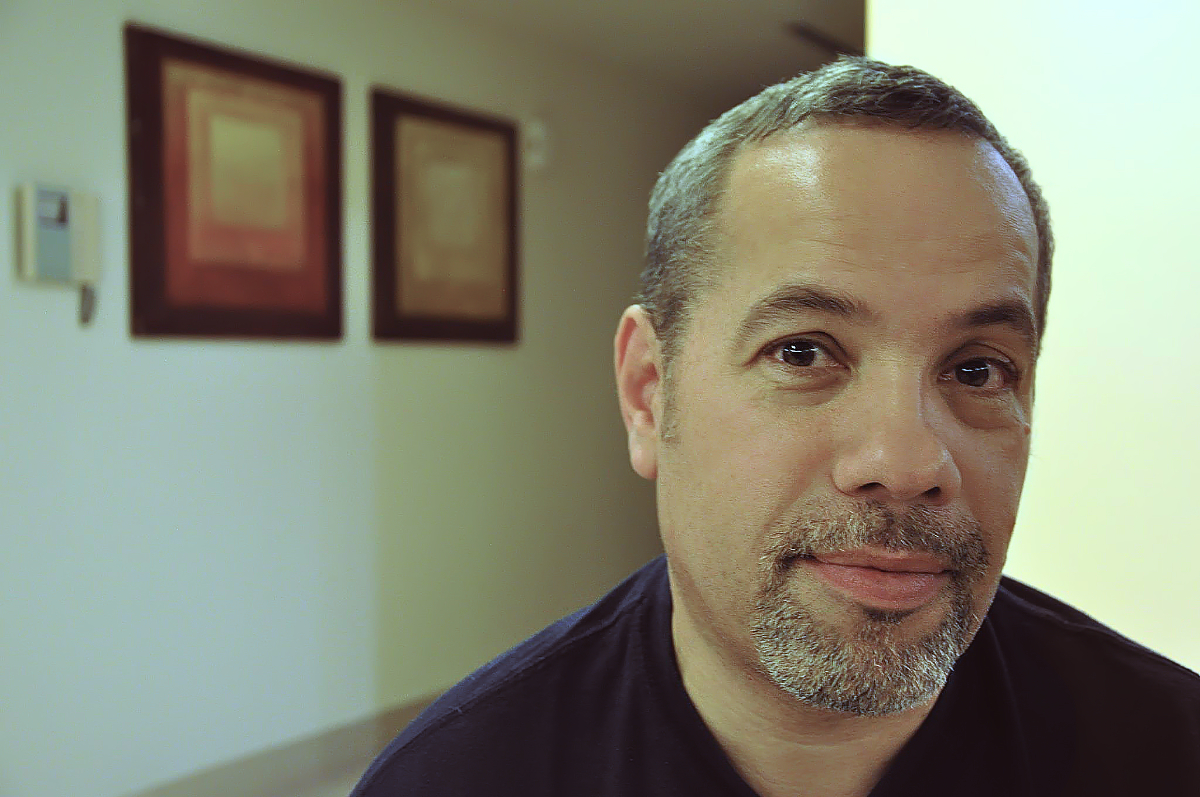In Conversation: Why Journalism in the Global South Needs FOSS

Not long after the COVID-19 pandemic erupted, journalism leaders from around the world convened online to chart a way forward. The future of the industry was in peril, and newsrooms needed “big ideas” to drive innovation.
One idea that we can get behind was floated by Jairo Lugo-Ocando, a professor of journalism at Northwestern University in Doha, Qatar. For Lugo-Ocando, the solution to improving efficiencies and building digital capacity is through the wider implementation of open-source software. Lugo-Ocando recently spoke with Sourcefabric on why, in his view, journalism in the Global South needs a donor-led open-source revolution.
You’ve been involved in bringing open-source software to newsrooms for years. Briefly, explain your foray into this field.
I'm very familiar with the open source and free software initiative from my time in Venezuela. In 1995 I founded the first online newspaper in the Andean countries, called Diario del Lago. It was a cooperative of journalists, and, contrary to many of the native digital newsrooms that exist today in Latin America, we didn't have any international funding. So we depended on advertisers, which was a problem when the previous government brought pressure on the news organisation and we were forced to close.
But the other thing that affected us a lot was that we didn't have a proper content management system. The few CMSs that were available at that time were very expensive and we couldn’t afford one.
Moving forward a couple of years, I became a lecturer at the University of Stirling in Scotland, and I had a lot of students who came from Africa and Asia who didn't really have the money to buy packages like Adobe Photoshop or Microsoft Office. I needed to find open-source tools to help them. So I approached people from Sun Microsystems, and they eventually gave us $35,000 to help develop tools and to train journalists to work with open source. We wanted to train journalism students to work with this software so that when they went into professional organisations, they would be more likely to adopt the software and become advocates.
Now you’re in Doha working with aspiring journalists, but you continue to advocate for greater adoption of open-source software, especially in the Global South, where you’ve called on donors to do more. Explain.
Donors need to understand that their role is not to support journalism per se. Rather, it’s to create capabilities in these countries so people can do journalism. Unfortunately, most donors don't really understand the importance of this within the context of their donations.
For example, when I put together a research project at my university, I have all these really complex forms that I have to fill out. Key among these forms are the resources. I have to state clearly how I’m going to conduct my research, what libraries I will need to access, even what software I’m going to use. But this doesn't really happen in the world of media development. When you put a media project proposal together, you’re asked to detail the project and some resources, but most donors don’t focus on the platform itself. I think that’s a big gap that needs to close.

What’s the rationale for closing the gap?
There are a number of reasons. The first is collaboration. Most of the journalism happening in the new native digital space is collaborative, and that requires shared resources. Consider, for example, the Panama Papers. You had journalists in Peru working with journalists in Sweden who were also working with journalists in Florida, in Venezuela, in Zimbabwe, and many other places. With free or cheap open-source tools, it’s possible for every newsroom to participate, regardless of budget. So, it's not only about making the operations of these organisations sustainable. It's also about enhancing the operations in themselves, making possible further cooperation between different organisations even when the reporting project is over.
The second is security. We all know that Linux is far less susceptible to cyber attacks and viruses than commercial software.
And third, of course, is cost. It's not only that open-source software is cheaper or free, but it also allows you to use your computer beyond the natural life of commercial software. Anybody who has bought a PC knows that after a year or so it starts getting slow, largely due to the upgrades that software makers release. But if you’re working with Linux, your computer could be a few decades old and it would still work perfectly.
To be fair, some of the commercial companies have made their software more accessible in the Global South. In certain countries you can buy Microsoft Office for something like $5. The problem is that the monthly salary for journalists is very low. In Venezuela, for example, reporters make about $12 a month. So even $5 for software is too much.
You’ve made the argument. How do we get there?
Well, the media industry in general, with few exceptions, is well known for its ability to shoot itself not in one foot but in both at the same time with a single round.
That said, the main crisis of the media did not start with newspapers in the 1990s and early 2000s, but actually with radio, which started confronting declining ad revenue even earlier (despite continual growth in audience numbers). Faced with shrinking revenues, radio newsrooms in the Global South turned to Audacity, the open-source audio editor. There was this free software that allowed them to manage their content and that’s what they used. Now, everyone knows Audacity.
But if it takes a crisis to inspire software innovation in journalism, then COVID-19 would certainly qualify. And yet, journalism is still slow to embrace the open-source model. Why do you think that is?
For many news organisations, there are three key reasons. A, they are not aware that they have an alternative in open source; they still think they have to buy the software. B, there's no pushback from donors who are funding smaller newsrooms. Basically nobody thinks about whether there is a cheaper or more accessible option. And C, many newsroom leaders are afraid of a lack of support.
Donors, therefore, have a big responsibility here. When a news organisation applies for funding, and when the proposal is evaluated, there should be provisions to set and assess the incorporation of open-source and free software. That would at least get people thinking about it. Even if the grantee says, ‘No, we’re actually going to work with MS Office because we already have it,’ at least they were pushed to consider the open-source option.
Software developers also have an important role to play. Everybody says that they have good technical support until the first problem happens and people are trying to get hold of them. Therefore, from the programmer’s side, there must be two main priorities: guiding the transition from commercial software to open-source and free software, and ensuring strong support once the software is up and running.
Want more stories from the intersection of open-source software and journalism? Check out the Sourcefabric blog and sign up for our monthly newsletter.
